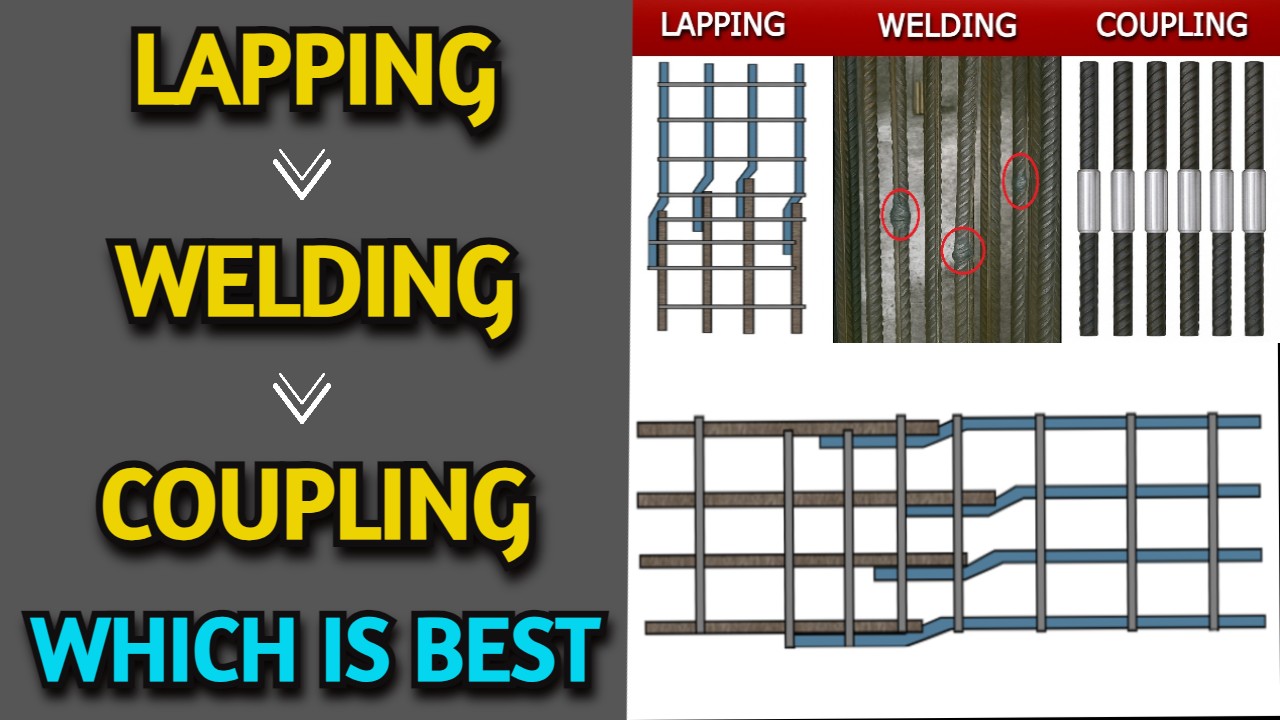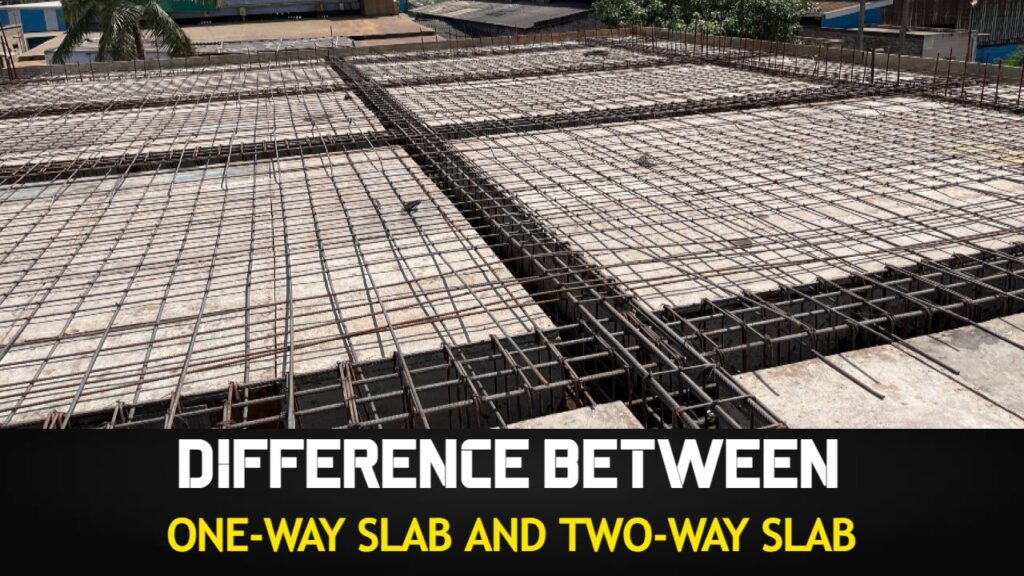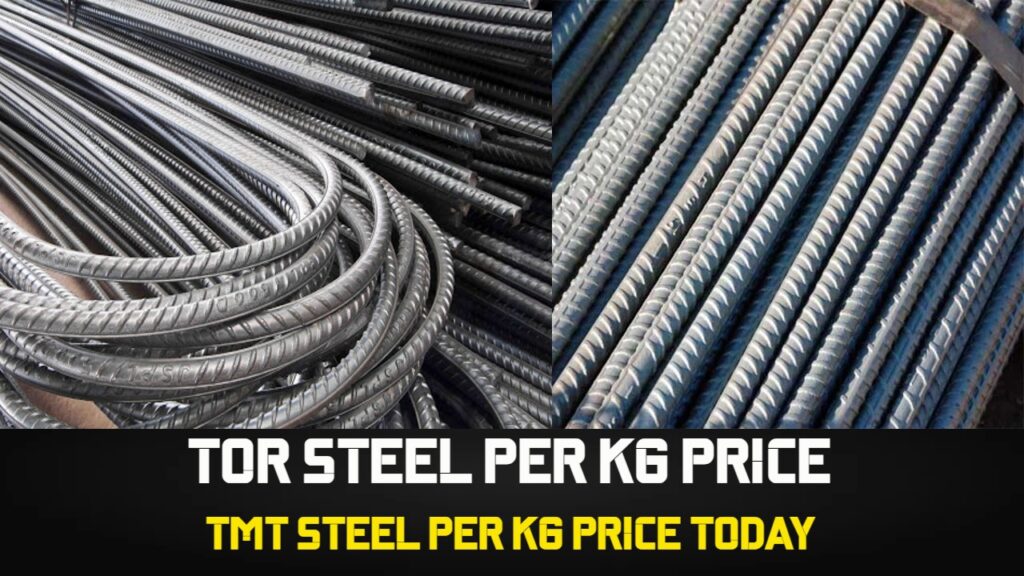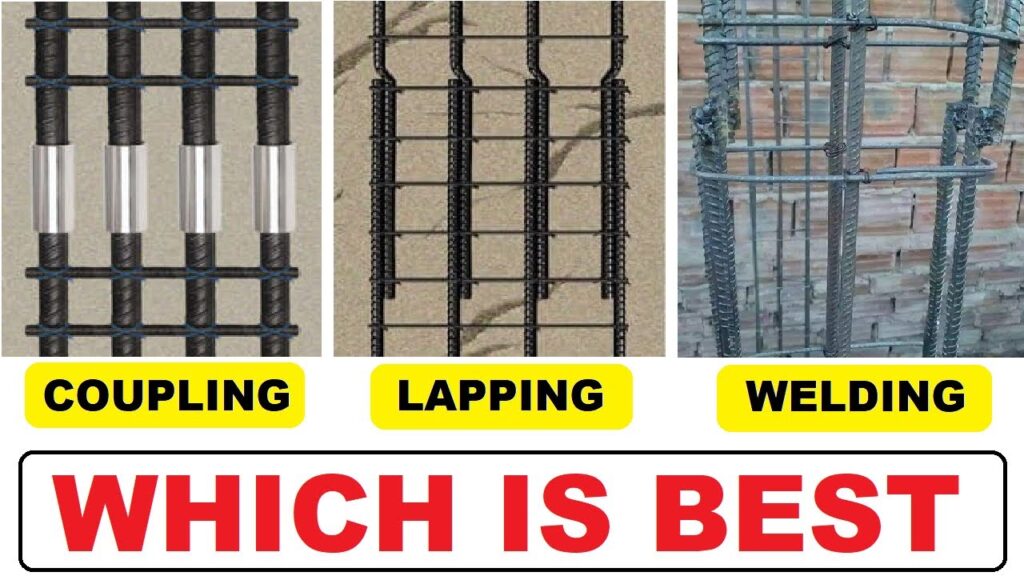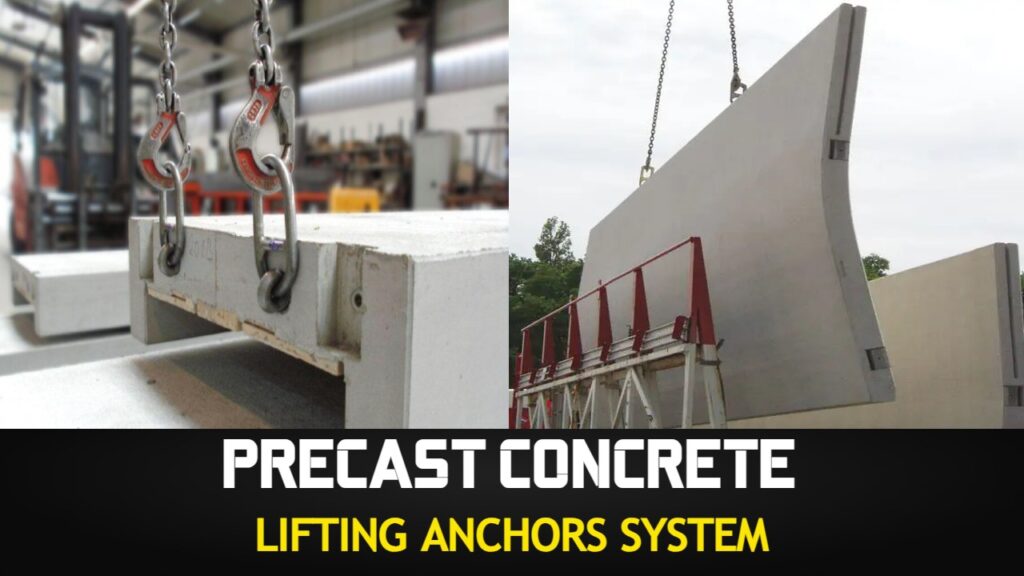In reinforced concrete (RCC) structures, vertical elements like columns need to be extended floor by floor. During this process, steel bars (rebars) often fall short in length and need to be joined or extended. But what’s the best way to do this while ensuring safety, durability, and cost-efficiency?
There are three primary methods to join rebars:
- Lapping
- Welding
- Mechanical Couplers
This article compares these three techniques and highlights why mechanical couplers are considered the most efficient and modern solution.
Contents
- 1 What is Lapping?
- 2 What is Welding?
- 3 What are Mechanical Couplers?
- 4 Final Comparison Table:
- 5 Conclusion: Which is Best?
- 6 REFERENCE VIDEO
- 7 Frequently Asked Questions (FAQ)
- 7.1 What is the best method to join reinforcement bars in RCC columns?
- 7.2 Is welding of rebars allowed as per IS 456 code?
- 7.3 Why is lapping not suitable for large diameter rebars?
- 7.4 What is a rebar coupler and how does it work?
- 7.5 Can mechanical couplers be used in moment-critical zones?
- 7.6 Does using couplers reduce construction time?
- 7.7 Are mechanical couplers cost-effective?
- 7.8 Which method ensures better structural integrity: lapping, welding, or coupler?
- 7.9 How much steel can be saved by using couplers instead of lapping?
- 7.10 What is the standard development length in lapping?
What is Lapping?
Lapping is a traditional method where two bars are overlapped side by side and tied using binding wire. It is commonly used for smaller diameter bars (like 8mm, 10mm, or 12mm).
➤ Drawbacks of Lapping:
- Requires long development length (e.g., 1250mm for 25mm dia bar)
- Increases material usage and labor cost
- Leads to bar misalignment, causing poor load transfer
- Creates congestion in reinforcement zones
- Not recommended in high-stress (moment) zones
- Requires more manpower and time
➤ Cost Example:
For a 25mm dia bar with a 1250mm lap:
- Weight ≈ 4.82 kg
- Cost ≈ ₹338 (at ₹70/kg)
- A 25mm coupler costs only ≈ ₹200
Savings per joint: ₹138
This savings scales significantly across large construction projects.
What is Welding?
Welding involves fusing two rebars together, often used in special circumstances using methods like GPW (Gas Pressure Welding).
➤ Why Welding is Not Recommended:
- Alters steel’s mechanical properties at the joint
- Increases carbon content, reducing ductility and elasticity
- Joint becomes brittle and prone to corrosion
- In seismic events, columns may fail at welded sections
- Not suitable for normal site conditions
Although IS 456 mentions that bars above 36mm “may be welded,” this is optional and only under controlled conditions.
Tip: Avoid welding unless absolutely necessary and approved by structural engineers.
What are Mechanical Couplers?
A mechanical coupler is a cylindrical connector used to join two rebars. It has internal threading that allows one bar to be screwed in from the top and another from the bottom, forming a secure and aligned joint.(Example Image of Coupler)
➤ Advantages of Using Couplers:
✅ Stronger and Uniform Load Transfer
- Maintains perfect alignment
- Ensures smooth and direct load transmission
✅ Reduces Reinforcement Congestion
- Prevents overlapping bars
- Improves concrete flow and compaction
- Minimizes honeycombing
✅ Cost-Effective for Large Dia Bars
- Especially for bars 16mm and above
- Lower cost compared to long lapping lengths
✅ Placement Flexibility
- Can be installed in any structural zone, unlike lapping
- Ideal for moment-critical areas
✅ Faster Installation
- No need for bar bending, lifting, or additional binding
- Speeds up construction timelines
✅ Lower Manpower Requirements
- Simple to install
- Reduces labor dependency
✅ Safety and Ease of Handling
- No added weight from development length
- Safer in high-rise constructions
Final Comparison Table:
| Criteria | Lapping | Welding | Coupler |
|---|
| Strength Retention | Medium | Low (at joint) | High |
| Cost (Large Dia) | High | Medium | Low |
| Time Efficiency | Low | Low | High |
| Labor Requirement | High | High | Low |
| Structural Reliability | Medium | Low | Very High |
| Recommended For | Small bars | Special cases | All RCC applications |
Conclusion: Which is Best?
While lapping and welding served their purpose in earlier times, modern construction demands better performance, speed, and safety.
Mechanical couplers provide:
- Better strength
- Lower cost (especially for large dia bars)
- Faster and safer installation
- Superior structural performance
For all these reasons, mechanical couplers have become the preferred choice in modern RCC construction.
REFERENCE VIDEO
If you want detailed knowledge, then watch this Reference video on YouTube Channel: Learning Civil Technology. Because many important points have been covered during the making of the video, so Must Watch. The link is given below:
SOURCE: LEARNING CIVIL TECHNOLOGY
You can also follow me on Instagram, Telegram, and Facebook page. Because of many small things, which are very important from an interview point of view, it is not possible to put them here, I put all that on Instagram, Telegram, and Facebook page. You can take it from there. You will find the links to all social media below.
INSTAGRAM | TELEGRAM | FACEBOOK PAGE
SHARE THIS POST, IF YOU LIKE IT !! THANKS
Frequently Asked Questions (FAQ)
What is the best method to join reinforcement bars in RCC columns?
Among lapping, welding, and coupler systems, mechanical couplers are considered the best for strength, safety, and cost-efficiency—especially in high-rise and large-diameter applications.
Is welding of rebars allowed as per IS 456 code?
Yes, IS 456 states that rebars above 36mm diameter may be welded, but only under controlled conditions. However, in general construction, welding is discouraged due to strength loss and corrosion risks.
Why is lapping not suitable for large diameter rebars?
Lapping requires long development lengths, increasing steel consumption, weight, and labor. For large dia bars (like 20mm+), it becomes expensive and inefficient.
What is a rebar coupler and how does it work?
A rebar coupler is a cylindrical connector with internal threading that joins two rebars end-to-end. One bar is screwed from the top, and another from the bottom, creating a secure joint without overlap.
Can mechanical couplers be used in moment-critical zones?
Yes, couplers can be safely used in any structural zone, including high-moment areas—unlike lapping, which should be avoided in such zones.
Does using couplers reduce construction time?
Absolutely. Couplers save time and manpower as they eliminate the need for bending, extra binding wire, and lifting long lap lengths.
Are mechanical couplers cost-effective?
For bars above 16mm diameter, couplers are often cheaper than traditional lapping, especially when considering steel savings, labor, and speed.
Which method ensures better structural integrity: lapping, welding, or coupler?
Couplers provide the best structural performance, ensuring aligned load transfer, reduced congestion, and lower risk of failure under seismic loads.
How much steel can be saved by using couplers instead of lapping?
Couplers can save up to 20–30% of steel in bar extensions, especially in large diameter rebars (20mm and above), by eliminating long development lengths.
What is the standard development length in lapping?
The standard development length is typically 50 times the bar diameter (50d). For example, a 25mm bar would need a 1250mm lap length.
